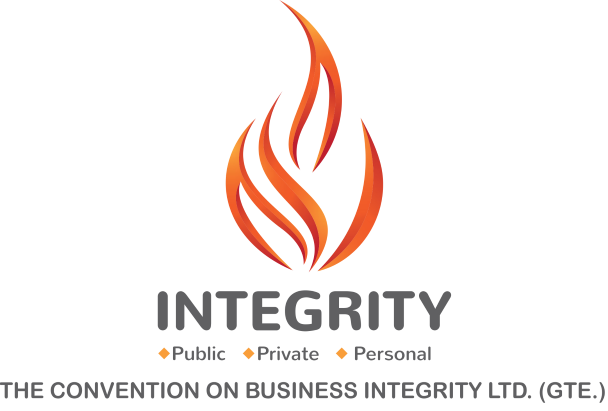Measuring Compliance
Most organizations have good intentions when it comes to complying with regulatory and ethical standards. They demonstrate this by writing codes of conduct, having internal and external audits and by training new and current hires on compliance requirements. However, there is usually a divergence between what is coded and communicated, and what is actually carried out by employees especially frontline officers like those in sales and marketing who interact with customers first-hand.
Often, it takes a negative incidence like an ethical breach that comes into public glare to reveal areas where compliance is not at par with standards. Measuring compliance on a regular basis is an easy way to forestall this.
Measuring compliance is also an objective way of demonstrating to stakeholders such as regulators, shareholders and investors that the company is making concrete efforts in complying with regulations and standards.
A research carried out by Deloitte and Compliance Week on Compliance Trends in 2013 interviewed almost 200 chief compliance officers and showed that although 63 percent of corporate respondents try to measure compliance in some way, majority of them do not do so with the right metrics. Note, that the percentage of firms who measure compliance will tend to be considerably lower in Nigeria given our budding compliance culture.
The right compliance metrics will help identify current state of compliance and highlight risk areas that corrective action must be taken. Over time, it will identify trends and correlations in perception, actions and infractions.
Typically, metrics to measure compliance include volume of calls to hotlines and percentage of staff who complete compliance training. These largely measure activity and not necessarily the effectiveness of a compliance program. These can be augmented with more qualitative measures including employee ethics surveys to ascertain employee awareness of ethical code of conduct and actual performance.
Also, compliance departments should review results from internal audits, regulatory examinations, and business control self-assessments, as well as ethics and customer complaints, to identify potential patterns of compliance concern across the organization.
Having a compliance program in place is laudable, however as with all things, measurement helps it to be properly managed. The true test of compliance isn’t what is written in policy statements and hung on walls but is what employees of an organization demonstrate in the daily operations of the business.



